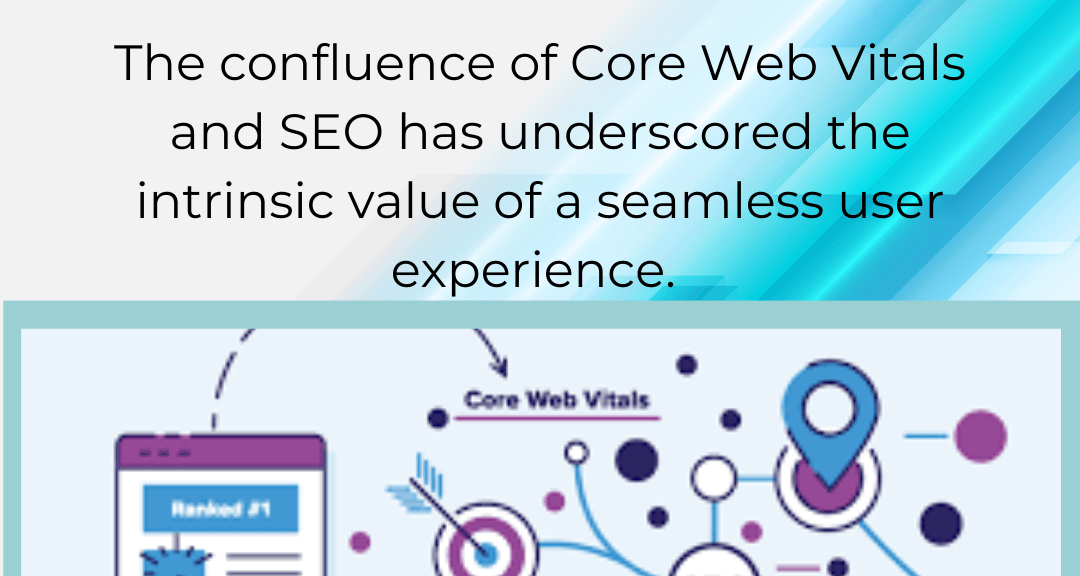In the intricate web of digital landscapes, the user experience has emerged as a quintessential aspect that shapes the success of a website. Google’s Core Web Vitals, a set of crucial performance metrics, have taken centre stage in assessing and enhancing the user experience. This article embarks on a journey to decode the significance of Core Web Vitals in the realm of SEO, elucidating their impact and providing actionable insights to optimise website performance while prioritising user satisfaction.
Understanding Core Web Vitals
Core Web Vitals encompass a trio of key performance indicators—largest contentful paint (LCP), First Input Delay (FID), and Cumulative Layout Shift (CLS)—that collectively measure various dimensions of the user experience. LCP gauges loading speed, FID evaluates interactivity, and CLS quantifies visual stability. Google’s emphasis on these vitals stems from the recognition that fast, interactive, and visually stable web experiences translate into satisfied users.
The SEO Nexus
Google’s relentless pursuit of delivering exceptional user experiences led to the integration of Core Web Vitals into its search ranking algorithm. Websites that meet the Core Web Vitals thresholds are granted favourable rankings, ensuring that users are directed to websites that promise both relevance and performance. This pivotal shift accentuates that, in the digital realm, a well-optimised website is not only visually appealing but also functionally efficient.
Tips for Optimising Core Web Vitals and User Experience
- Prioritise Page Speed:
LCP revolves around loading speed. Optimise images, utilise browser caching, and employ content delivery networks (CDNs) to expedite loading times.
- Minimise Server Response Time:
Faster server response correlates with improved FID. Leverage efficient hosting, optimise databases, and employ content compression techniques.
- Optimize JavaScript:
FID is impacted by excessive JavaScript execution. Employ lazy loading, asynchronous loading, and minification to streamline JavaScript performance.
- Implement Preconnect and Preload:
Enhance CLS by preconnecting to required domains and preloading assets, minimising unexpected layout shifts.
- Optimise Images and Media:
Resize images appropriately, use modern image formats, and employ lazy loading to enhance visual stability and loading speed.
- Prioritise Critical Content:
Render crucial content first for faster perceived loading times, improving LCP scores.
- Responsive Design:
Adopt responsive design principles to ensure your website is user-friendly on various devices and screen sizes.
- Regular Monitoring and Testing:
Continuously monitor your website’s performance using tools like Google PageSpeed Insights and Lighthouse. Test across different devices and browsers.
- Reduce Third-Party Dependencies:
Limit third-party scripts and resources, as they can contribute to slower loading times and increased layout shifts.
- Engage Professionals:
Consider seeking the expertise of web developers and SEO specialists to identify specific areas for improvement.
Conclusion
In the digital realm, the confluence of Core Web Vitals and SEO has underscored the intrinsic value of a seamless user experience. By embracing these metrics as more than just performance indicators and understanding them as catalysts for user satisfaction, businesses can not only ascend the ranks of search engine results but also forge deeper connections with their audiences. As the virtual landscape continues to evolve, Core Web Vitals serves as a navigational compass, guiding websites towards a destination where user experience and SEO converge harmoniously.


